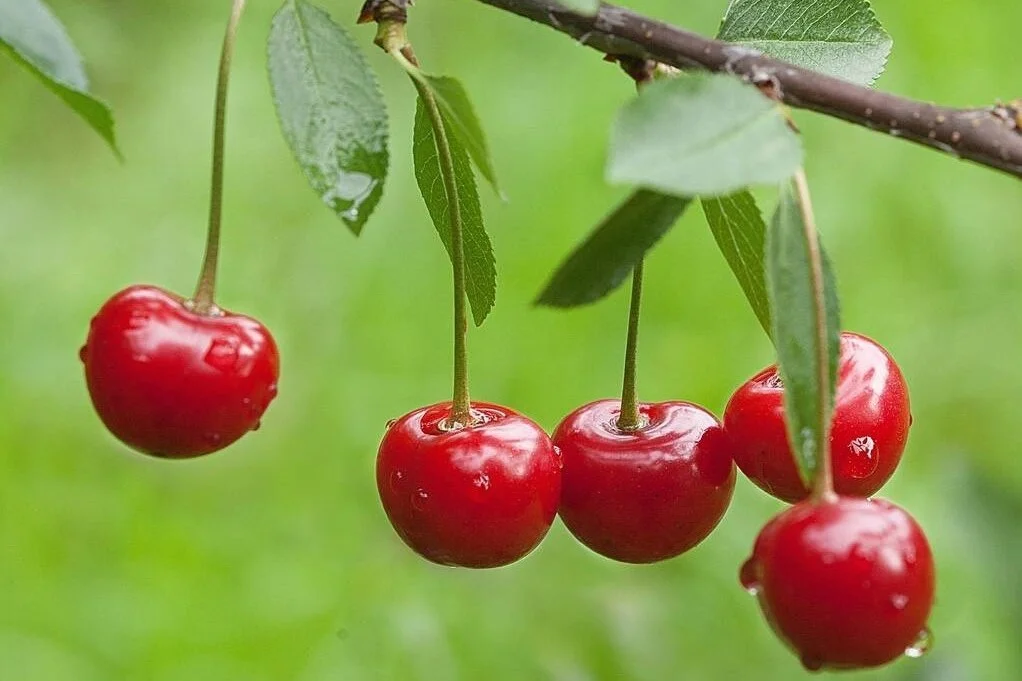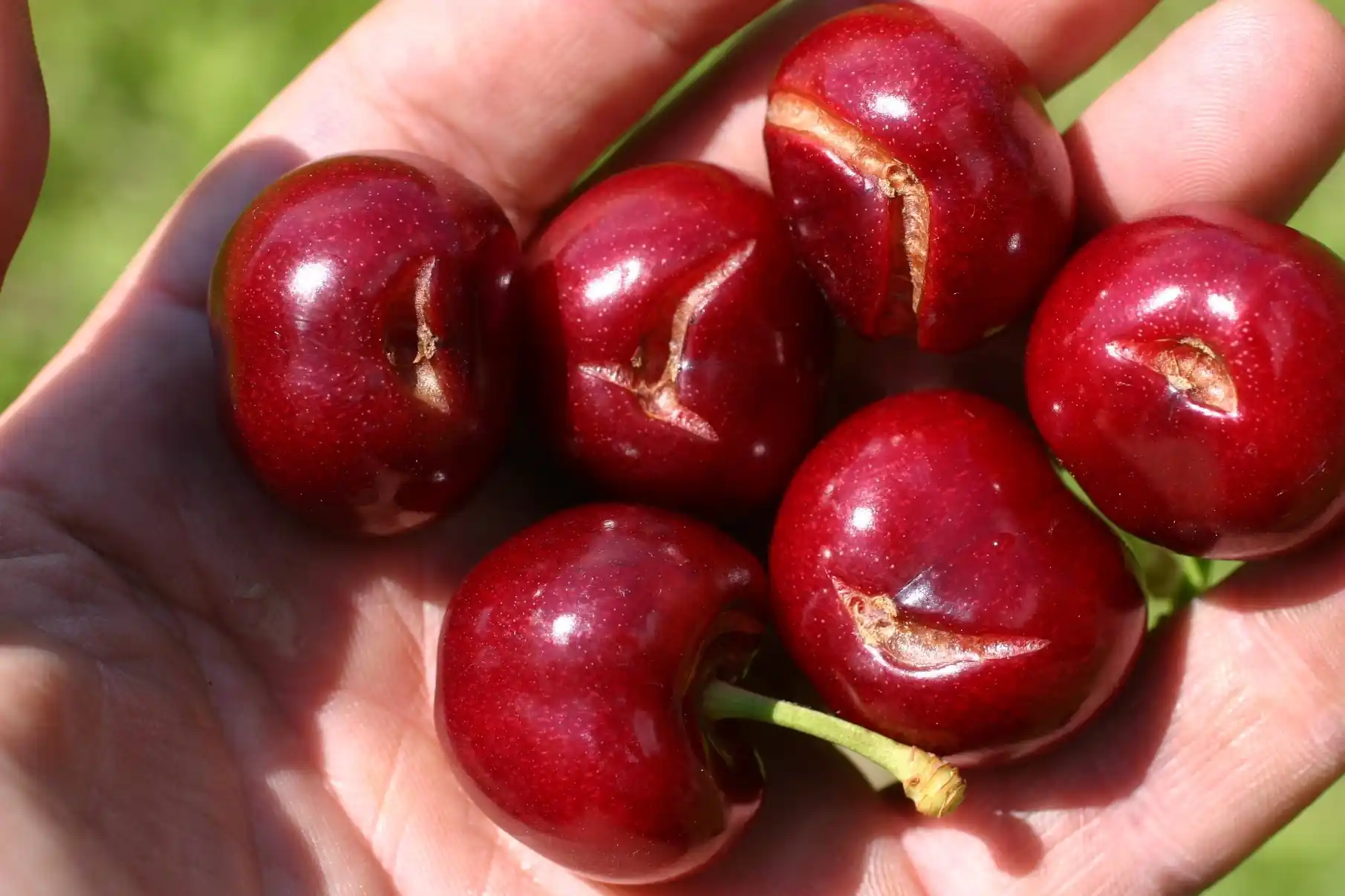Industrial processing of sour cherries (Prunus cerasus L.) involves the production of by-products that must be disposed of. About 70% of the total sour cherry crop in the United States is produced in Michigan. Of this production, more than 90% of the sour cherries are turned into juice, wine and processed products, generating by-products such as cherry pomace (15-28% of the initial fruit) and cherry pits (7-15% of the whole fruit).
To identify sustainable approaches to mitigate the impact of cherry processing, researchers at Michigan State University (USA) examined the potential of using the pits as antioxidants for incorporation into cosmetic formulations.
Metabolomic analyses of the sour cherry pits revealed a wide range of antioxidants, including flavonoids, phenolic acids, and anthocyanins, known for their health-promoting properties, such as anti-inflammatory and reactive oxygen species (ROS) trapping capabilities.
To assess the antioxidant capacity of the cherry pit extracts, human epidermis cells were subjected to substances such as hydrogen peroxide (H2O2), which mimic environmentally induced oxidants. Cherry pits extracts show antioxidant activity in the human epidermis, reducing reactive oxygen species while maintaining cell viability.
The discovery of the antioxidant characteristics of the pits presents new perspectives for the development of skin care products derived from natural sources, thus increasing the economic value, and offering ecologically sustainable alternatives to mitigate environmental pollution with extraction by-products.
The recovery and utilisation of antioxidants from sour cherry pits represents a viable and environmentally conscious approach to mitigate the significant amount of waste produced in the food processing sector.
The re-use of these by-products thus seems a better alternative to the disposal or annual incineration of millions of tonnes of cherry pits, which not only mitigates environmental pollution, but also adheres to the 2030 Sustainable Development Goals of responsible production and consumption set by the United Nations.
By conducting in-depth analyses, this research revealed the potential usefulness of antioxidants derived from the pits, particularly in skin care products formulated with natural ingredients. By decreasing the levels of reactive oxygen species induced by various stimulants, cherry pit extracts have the potential to mitigate inflammation and protect against oxidative stress-induced damage, according to cell-based studies using human cells.
Although the conditions of industrial preparation of the sour cherry pits used in this investigation, such as environmental factors, filtration, clarification, etc., were not considered, the results of this study emphasise the possibility for manufacturers to minimise waste and environmental impact while offering novel and natural antioxidant products by employing extraction techniques that optimise the recovery of bioactive compounds from the cherry pit.
It is important to underline that the composition of finished cosmetic products containing polyphenolic compounds can vary substantially, depending on the formulation used.
This research did not consider the formulation of creams, thus there is the need for further investigation and characterisation of the extracts, product formulation, product efficacy and a comprehensive life-cycle assessment analysis considering mass and energy consumption, in order to fully exploit the potential of sour cherry pit extracts within the sustainable cosmetics industry
Source: Decot, H.; Sudhakaran, M.; Boismier, E.; Schilmiller, A.; Claucherty, E.; Doseff, A.I.; Aliakbarian, B. Tart Cherry (
Prunus cerasus L.) Pit Extracts Protect Human Skin Cells against Oxidative Stress: Unlocking Sustainable Uses for Food Industry Byproducts.
Foods 2023,
12, 3748.
https://doi.org/10.3390/foods12203748.
Melissa Venturi
University of Bologna (IT)
Cherry Times - All rights reserved












